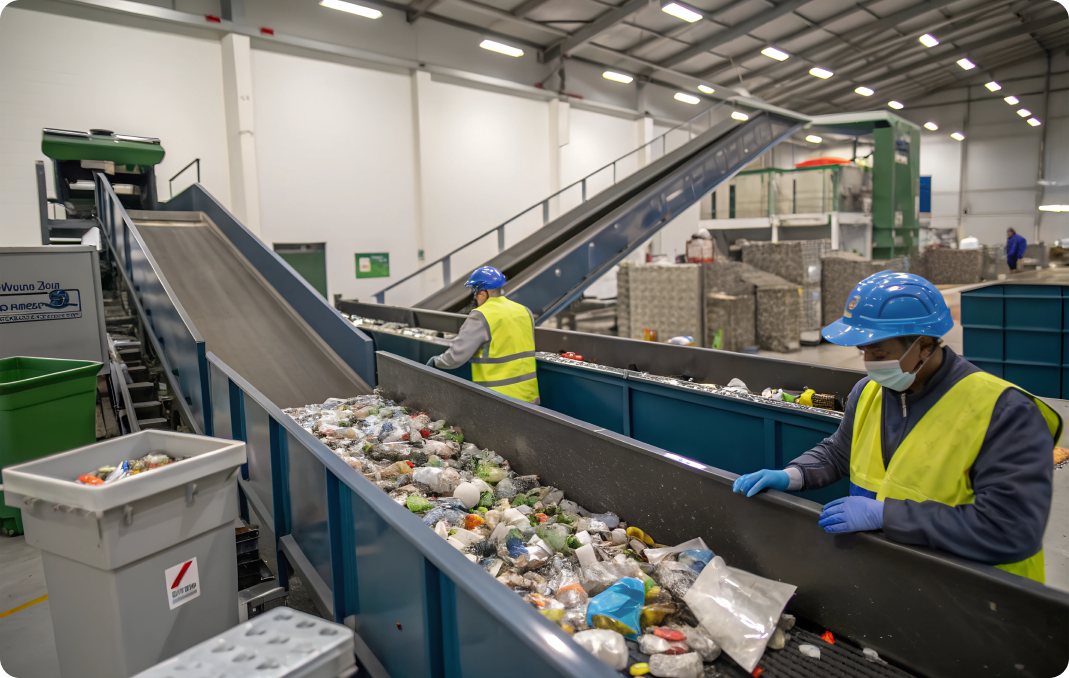In today’s competitive industrial landscape, companies are under increasing pressure to optimize costs without compromising quality or operational efficiency. One of the most impactful—and often underestimated—strategies to achieve this balance is the integration of recycled raw materials into production processes. Beyond the clear environmental advantages, recycled inputs offer significant financial, operational, and strategic benefits that can reshape cost structures and enhance long-term resilience.
Lower Material Procurement Costs
Recycled raw materials typically come at a lower price than virgin materials. This cost reduction is especially relevant in industries heavily dependent on metals, plastics, paper, and glass, where price volatility in global markets can severely impact margins. By incorporating recycled alternatives, companies can reduce exposure to commodity pricing fluctuations and stabilize procurement expenses over the long term.
Reduced Manufacturing and Energy Costs
Producing materials from recycled sources often requires far less energy than extracting and processing virgin resources. For instance, using recycled aluminum can reduce energy consumption by up to 95% compared to primary aluminum production. These energy savings translate directly into lower manufacturing costs, particularly in energy-intensive industries such as construction materials, automotive, and packaging.
Additionally, recycled materials frequently require fewer stages of processing, which reduces labor and operational costs—from transportation to chemical treatments—resulting in more efficient workflows.
Enhanced Operational Efficiency and Waste Reduction
Integrating recycled raw materials also contributes to better waste management. Rather than paying for disposal of industrial scrap, companies can reintegrate these materials as valuable inputs. This creates a circular flow that reduces waste-handling expenses and minimizes landfill fees.
Operational efficiency improves when materials circulate back into the production chain. This circular approach supports lean manufacturing strategies by reducing excess inventory, eliminating waste, and optimizing resource utilization.
Strengthened Supply Chain Resilience
In an increasingly unstable global supply landscape, dependence on virgin materials alone can expose companies to geopolitical risks, transport disruptions, and commodity scarcity. Recycled materials create an alternative supply line, often sourced locally, which reduces reliance on international suppliers and lowers transportation costs.
This diversification strengthens supply chain resilience, enabling companies to maintain steady production even in volatile market conditions.
Positive Branding and Access to Incentives
Many regions offer tax breaks, subsidies, and regulatory incentives to companies that incorporate recycled materials. These financial advantages can further reduce total production costs.
At the same time, adopting recycled resources enhances corporate sustainability credentials. This can attract environmentally conscious clients, improve brand reputation, and open doors to new market segments that prioritize eco-friendly products.
A Long-Term Strategy for Cost and Resource Optimization
The strategic use of recycled raw materials is no longer just a sustainability initiative—it is a practical business decision. It enables companies to reduce operational expenses, improve production efficiency, stabilize supply chains, and meet growing regulatory and consumer expectations.
Organizations that embrace recycled materials today position themselves to remain competitive in a future where resource efficiency and circularity are not only valued but required.
